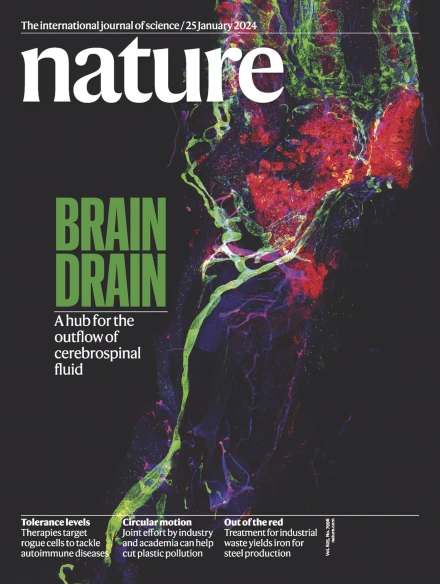古代人类基因组为最早走出非洲的迁徙提供了线索
IF 48.5
1区 综合性期刊
Q1 MULTIDISCIPLINARY SCIENCES
引用次数: 0
摘要
最古老的智人基因组指出了他们与尼安德特人混合的年代。本文章由计算机程序翻译,如有差异,请以英文原文为准。

Ancient human genomes offer clues about the earliest migrations out of Africa
Analyses of 45,000-year-old bones from Europe allow scientists to pin down when modern humans interbred with Neanderthals, shedding light on the histories of populations with no present-day descendants. Oldest Homo sapiens genomes point to dates of mixture with Neanderthals.
求助全文
通过发布文献求助,成功后即可免费获取论文全文。
去求助
来源期刊

Nature
综合性期刊-综合性期刊
CiteScore
90.00
自引率
1.20%
发文量
3652
审稿时长
3 months
期刊介绍:
Nature is a prestigious international journal that publishes peer-reviewed research in various scientific and technological fields. The selection of articles is based on criteria such as originality, importance, interdisciplinary relevance, timeliness, accessibility, elegance, and surprising conclusions. In addition to showcasing significant scientific advances, Nature delivers rapid, authoritative, insightful news, and interpretation of current and upcoming trends impacting science, scientists, and the broader public. The journal serves a dual purpose: firstly, to promptly share noteworthy scientific advances and foster discussions among scientists, and secondly, to ensure the swift dissemination of scientific results globally, emphasizing their significance for knowledge, culture, and daily life.
 求助内容:
求助内容: 应助结果提醒方式:
应助结果提醒方式:


